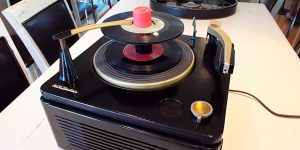While often overlooked, the vinyl slipmat is an essential component that provides various benefits, including reducing friction, improving sound quality, and protecting the record surface. In this article, I will prove the significance of slip mats in vinyl playback, discussing their functionality, types, and the impact they have on the overall listening experience. Understanding slip mats’ role will enhance your appreciation of the vinyl record playback process and take a confident step toward becoming a true audiophile.
What is a slip mat
A slipmat for a record player is a thin, circular pad made of materials like felt, rubber, or cork placed between the turntable platter and the vinyl record during playback. Different materials and thicknesses of slip mats can affect the resonance and damping characteristics of the system, potentially influencing the tonal balance and dynamics of the audio playback.
The role of slip mats
It acts as a cushioning layer, allowing smooth rotation without the record sticking to the surface or experiencing unwanted vibrations. The slip mat helps prevent slippage and maintains a consistent speed during playback, ensuring accurate stylus tracking and minimizing potential skips or distortion in the sound. Moreover, slip mats also protect the record surface from scratches, dust, and static build-up.
Exploring the different types of slip mats
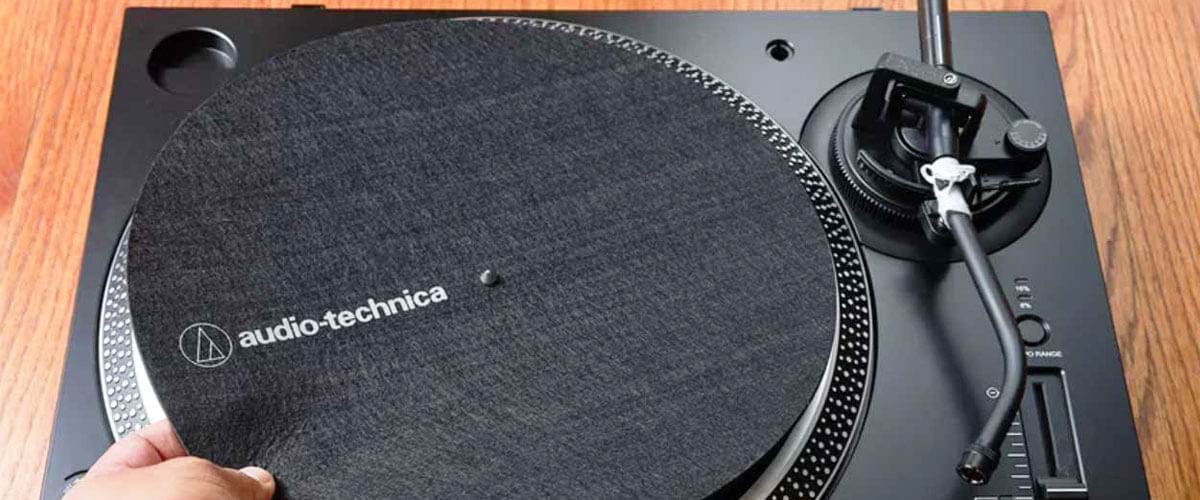
When it comes to turntable slipmats, there is a wide range of options available, each with its own distinct features and advantages. I will introduce to you the different types of slip mats, which offer a variety of choices to optimize the vinyl playback experience.
Felt slip mats
They are generally more budget-friendly, which makes them accessible to a wide range of vinyl enthusiasts. Felt slip mats are lightweight and easy to place on the turntable platter, allowing a quick setup and changing records. They often have a slightly tacky surface, which helps keep the vinyl record in place and reduces slippage.
The soft and cushioning nature of felt helps dampen vibrations and reduce static, resulting in smoother and more accurate playback. However, it is worth noting that felt slip mats have a drawback in their durability. Over time, they can wear out or become compressed, which may affect their effectiveness in reducing friction and maintaining consistent rotation. Additionally, they may accumulate dust and require regular cleaning to prevent any debris from impacting playback quality.
Cork slip mats
One notable advantage of cork slip mats is their ability to reduce static electricity. Cork, being an inherently anti-static material, helps dissipate static electricity, minimizing these unwanted audio artifacts.
It also provides a superior grip on the record surface. The natural texture and slight tackiness of the cork have a firm hold on the vinyl, preventing slippage and maintaining accurate tracking of the stylus.
The inherent damping properties of cork help absorb vibrations and resonances that can affect audio playback. Cork slip mats can also contribute to a more neutral and balanced audio reproduction.
The resilient nature of cork allows it to withstand prolonged use without significant wear or degradation. Unlike some other slip mat materials, cork mats are less prone to compression or flattening over time, ensuring consistent performance and longevity.
Rubber slip mats
Rubber is a material that can withstand extended use without showing signs of wear or degradation. That’s why such slip mats maintain their shape and performance over time, making them a reliable option for heavy usage.
The rubber’s natural friction allows it to firmly hold the record in place, minimizing slippage and ensuring accurate stylus tracking. This grip is particularly beneficial for DJ applications or situations where frequent manipulation of vinyl records is involved.
The only potential drawback of rubber slip mats is their dampening effect on the sound. It can result in a slightly attenuated high-frequency response and reduced dynamics compared to other slip mat materials.
Leather slip mats
Beyond their aesthetic appeal, leather mats also provide notable sound-enhancing characteristics contributing to an immersive listening experience.
One of their standout features is the ability to reduce static electricity due to its natural origin. Leather slip mats are also revered for their exceptional sound-enhancing properties. By absorbing and dissipating vibrations, leather mats help create a more focused and detailed audio experience.
While leather slip mats offer numerous advantages, it’s worth considering a few factors. Such products require proper care and maintenance to retain their qualities and longevity. Additionally, leather slip mats have a higher price point compared to other materials.
Categories based on design and usage
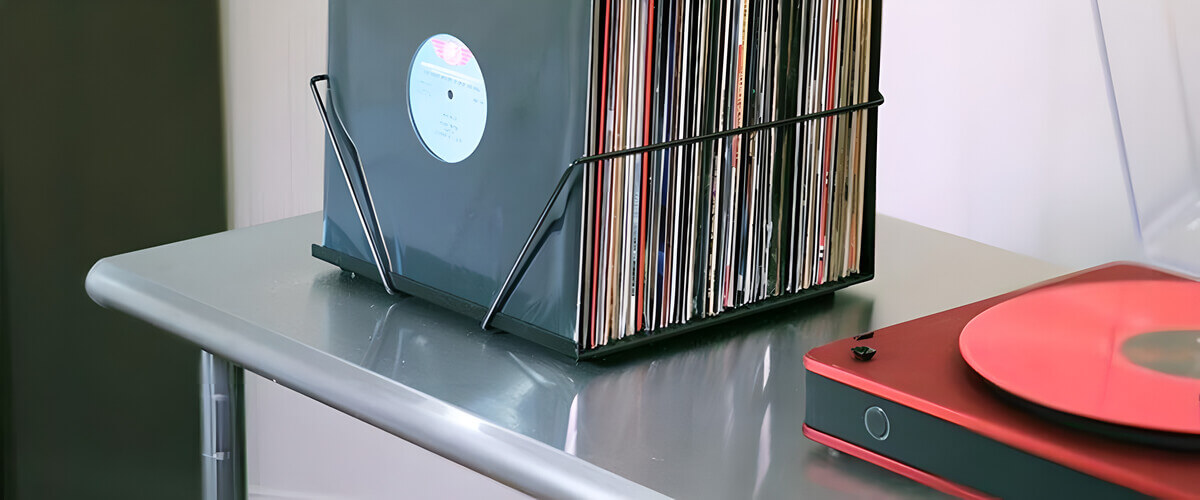
It’s important to note that slip mats can often overlap between categories, as some may offer multiple features or serve various purposes. The categorization I propose helps identify specific characteristics and usage scenarios to aid in selecting the most suitable slip mat for your individual needs.
DJ slip mats
These accessories are typically thinner than regular slip mats, allowing minimal friction and a direct, responsive feel when manipulating the vinyl records. The reduced thickness helps DJs maintain precise control over the record movement, making scratching and other techniques more effortless.
These mats have a smoother surface that reduces resistance. The enhanced slipperiness facilitates quick hand motions and enables DJs to execute intricate techniques with precision and accuracy.
It’s important to note that while DJ slip mats prioritize slipperiness for scratching, they may sacrifice some grip and record stability. DJs often pair their slip mats with high-torque turntables and slipmats that provide good slips to suit their style and preferences.
Audiophile slip mats
This type is for those who prioritize sound quality and seek the highest level of audio fidelity. Audiophile mats are often thicker, which helps provide better isolation and vibration damping between the turntable platter and the record.
Another important focus of audiophile slip mats is their ability to reduce static electricity, being crafted from cork and synthetic compounds. By dissipating static charges, these slip mats help maintain cleaner and more pristine audio playback.
Pairing these mats with high-end turntables, cartridges, and other audio components can further enhance the overall sound quality and bring out the full potential of the vinyl playback system.
Decorative slip mats
From classic and vintage-inspired designs to abstract and modern patterns, there are options to match any desired aesthetic or thematic style. Furthermore, decorative slip mats often come in a plethora of colors, allowing you to complement the overall color scheme of your setup. Decorative slip mats offer an opportunity for you to express your creativity and personality while enjoying the vinyl records.
Choosing a slip mat that balances visual appeal and functional properties ensures an optimal vinyl playback experience. I recommend selecting not only one that looks visually appealing but also provides adequate grip, stability, and appropriate thickness.
Choosing the right slip mat
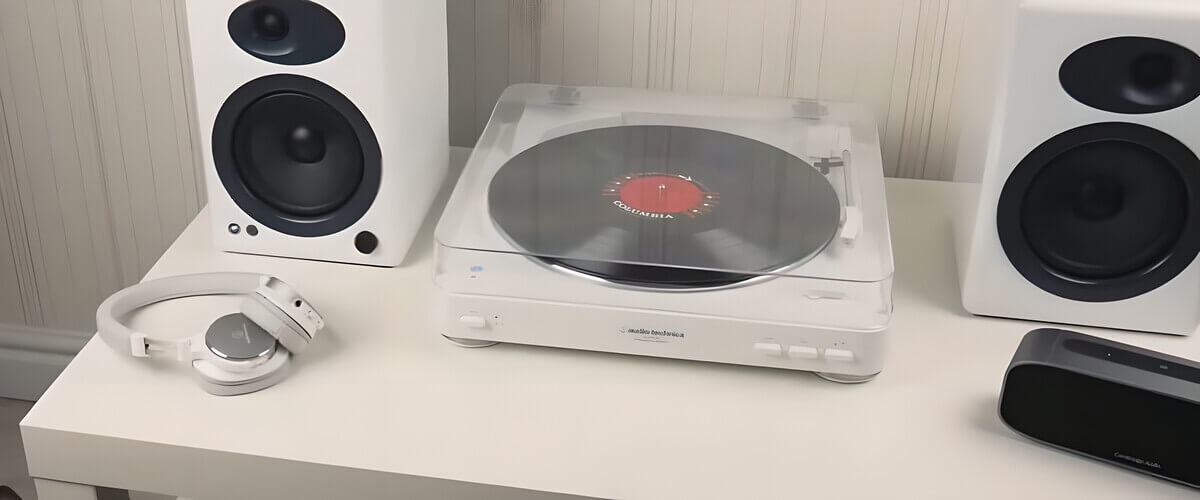
The selection process involves considering several factors to ensure optimal performance and compatibility. I suggest you consider some of these key points to help guide your decision-making process:
- Purpose and usage: Are you primarily focused on casual vinyl playback, DJing, or seeking audiophile-grade sound quality? Realizing the intended purpose will help narrow down the options.
- Material: Different materials offer unique characteristics and benefits. Felt slip mats are common and provide a good balance of affordability and performance. Cork slip mats offer anti-static properties and improved sound quality. Rubber slip mats provide durability and enhanced grip. Leather slip mats offer a luxurious feel and sound-enhancing properties.
- Thickness: Thicker mats, such as cork or rubber, offer better vibration damping and isolation, potentially improving sound quality. Thinner mats, like those used in DJing, prioritize minimal friction for scratching and mixing techniques.
- Anti-static properties: If reducing static electricity and minimizing unwanted noise is a concern, consider cork slip mats or certain synthetic compounds.
- Grip and stability: It should securely hold the record in place during playback to prevent slippage or unwanted movement. This is particularly important for DJing or when performing intricate turntablism techniques.
- Aesthetic appeal: If visual aesthetics are important to you, consider decorative slip mats that match your style and turntable setup.
- Budget: Slip mats are available at various price points, so it’s important to find a balance between affordability and desired features.
- Compatibility: Ensure the slip mat is compatible with your turntable model and platter size. Check the specifications and dimensions of the slip mat to ensure a proper fit.
Remember, the choice of slip mat ultimately depends on your specific preferences, needs, and priorities. Consider the combination of factors mentioned above to find the slip mat that suits your requirements and enhances your vinyl listening experience.
FAQ
Is it necessary to have a slipmat?
Yes, slip mats provide a cushioning layer, reducing friction, improving stability, and protecting the record surface.
Do turntable mats make a difference?
Yes, turntable mats make a difference in the vinyl playback experience since they can affect sound quality, reduce vibrations, minimize static, and enhance grip and stability.
Do you keep a felt mat on a record player?
Yes, a felt mat is commonly used on a record player, offering a good balance of affordability and performance, providing cushioning, reducing static, and helping to maintain stable rotation during playback.

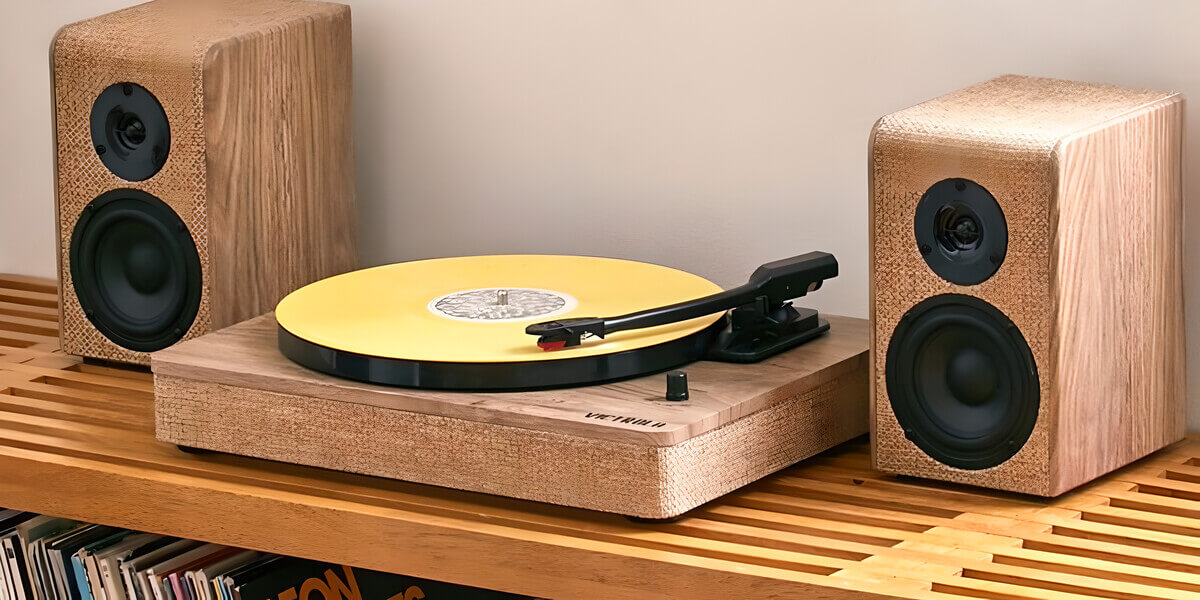
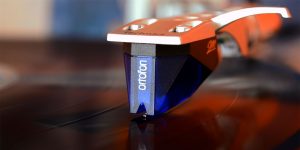

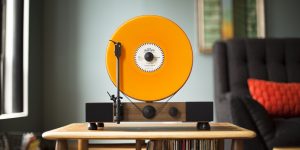
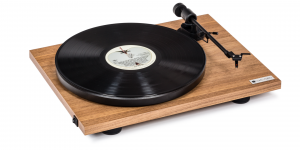


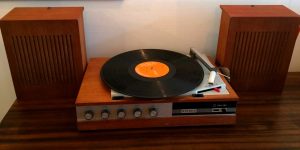
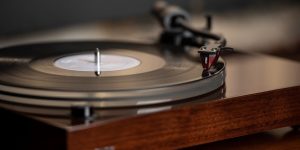

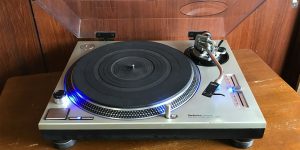
![Connect a Turntable to Your Wireless Bluetooth Speakers [Easy Guide]](https://www.vinylrecordday.org/wp-content/uploads/2021/12/tuntable-and-sonos-speaker-300x150.jpg)
